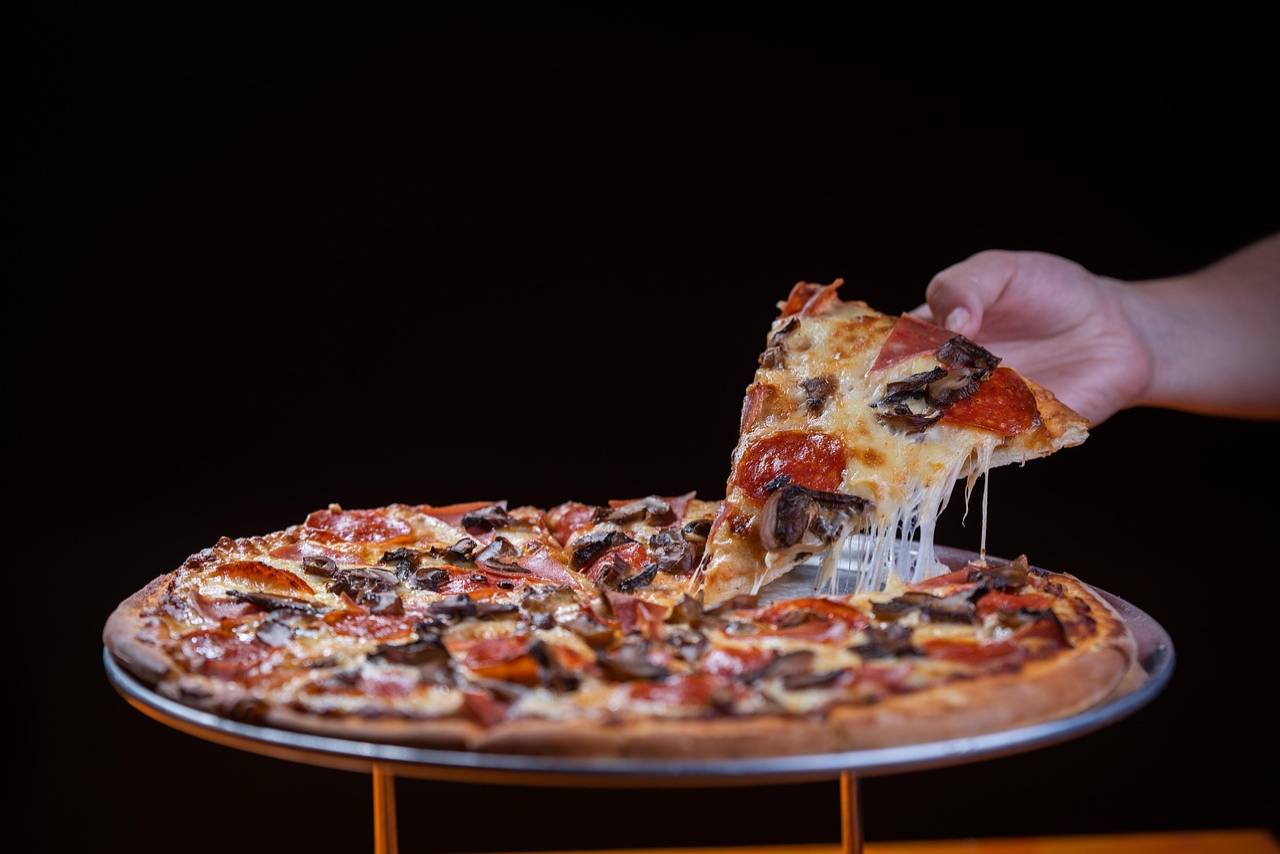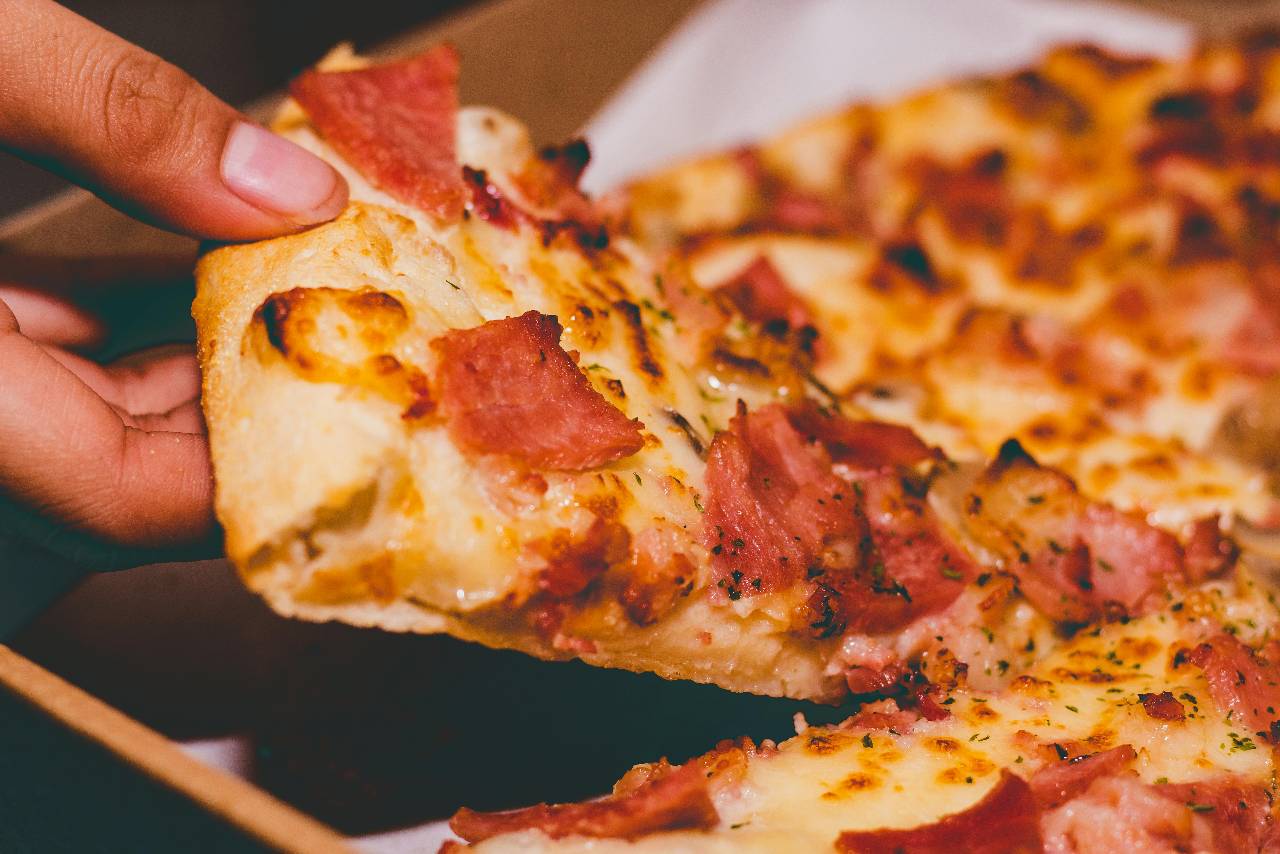Top 5 Strategies to Grow Your Pizza Restaurant in 2025
Practical strategies to help Pizza Restaurant owners grow in 2025 through menu updates, online ordering, loyalty, marketing, and operations.

Overview
Running a pizza restaurant has never been a simple task - but 2025 presents both unique challenges and exciting opportunities for growth. Ingredient prices have seen steady increases, labor shortages remain a concern, and customer expectations for speed, quality, and convenience are higher than ever. At the same time, pizza continues to be one of the most resilient and in-demand foods in the world.
According to recent market research, the global pizza market is expected to grow at over 6% annually in the next few years, with strong demand driven by delivery, takeout, and premium in-house dining experiences. That means there's plenty of room for growth - but only for operators who adapt quickly.
In today's competitive landscape, success isn't just about making a great pizza. It's about understanding your local market, streamlining operations, building customer loyalty, and making smart use of technology. The good news? You don't have to overhaul your entire business to see results. With the right strategies, even small adjustments can lead to big improvements in sales, customer retention, and profitability.

Know Your Market
Before you invest in new menu items, launch promotions, or spend on advertising, it's essential to know exactly what your local customers want - and how they order. Too many restaurant owners rely on assumptions or personal taste, which can lead to missed opportunities and wasted resources.
Start by gathering local market insights. This can be done in several ways -
1. Analyze delivery app data - Even if you prefer first-party ordering, third-party platforms can be a goldmine for trend spotting. Look at what types of pizzas, sides, and deals are performing best in your area.
2. Use Google Trends - Search for "pizza near me," "pepperoni pizza," or "gluten-free pizza" in your city to see what's gaining popularity.
3. Ask your customers directly - Short, friendly surveys at checkout or via email can reveal exactly what new toppings, sides, or deals they'd like to see.
When studying demand, pay attention to three key areas -
1. Peak ordering times - Are Friday nights your busiest, or has weekday lunch delivery picked up?
2. Top-selling products - Identify your best-sellers and high-margin items.
3. Emerging preferences - Are plant-based toppings or stuffed crusts becoming more popular?
Armed with this knowledge, you can tailor your menu, promotions, and staffing to match real demand rather than guesswork. For example, if data shows a surge in lunchtime delivery orders, you could introduce quick, value-packed lunch combos and ensure kitchen staff is prepared to handle the midday rush.
By staying connected to your local market trends, you position your pizza restaurant to be the go-to choice - not just for what customers loved last year, but for what they're craving right now.
Strategy 1 - Upgrade Your Menu with High-Margin, On-Trend Items
A well-curated menu is one of the fastest ways to increase revenue and improve customer satisfaction. While your classic pizzas are likely the backbone of your sales, adding high-margin, on-trend items can boost profits and draw in new customers. In 2025, diners are increasingly looking for unique flavors, premium ingredients, and dietary options. Ignoring these trends can mean losing out to competitors who are more in tune with customer preferences.
Start by analyzing your current menu performance. Identify which items have the highest sales volume and which are eating into your profits due to low margins or high preparation costs. From there, focus on introducing items that are both appealing and profitable. For example -
1. Specialty pizzas with premium toppings - Think gourmet cheeses, artisanal meats, or locally sourced vegetables. These can often carry higher price points without deterring customers.
2. Dietary-friendly options - Gluten-free crusts, plant-based cheese, and vegan toppings are no longer niche; they appeal to a growing portion of your audience.
3. Complementary add-ons - Sides like garlic knots, wings, or dessert pizzas encourage upselling, boosting the average order value.
When rolling out new items, consider a limited-time offer strategy. Launching a seasonal or monthly special allows you to test customer response without committing to permanent menu changes. Track sales closely - if an item performs well, it can become a staple; if not, you've gained valuable insights without significant risk.
Additionally, menu presentation matters. Highlight high-margin items visually on your menu or online ordering platform. Clear descriptions and appetizing images can increase the likelihood that customers choose premium options, translating into higher revenue per order.
By strategically updating your menu, you're not just serving pizzas - you're creating a profitable, customer-focused experience that encourages repeat business and keeps your brand competitive in 2025.
Strategy 2 - Strengthen Your Online Ordering and Delivery Experience
In 2025, online ordering and delivery are no longer optional - they are essential for pizza restaurant growth. Studies show that more than 60% of pizza orders now come from online platforms, and customers expect speed, convenience, and accuracy with every order. A poor online experience can turn loyal customers away, while a smooth, user-friendly system can boost both sales and customer satisfaction.
Start by evaluating your current ordering process. Is your website mobile-friendly? Can customers easily customize their pizzas without confusion? Do they receive clear confirmation of their order and estimated delivery time? Even small friction points - like a slow-loading menu or a complicated checkout process - can lead to abandoned orders.
If you rely on third-party delivery apps, consider investing in a first-party ordering system. Direct online orders reduce commission fees, give you access to customer data, and allow for personalized promotions. For example, you could offer discounts for repeat orders, encourage upsells, or gather feedback on menu items.
Delivery itself is equally important. Ensure that pizzas arrive hot and intact by using sturdy, insulated packaging. Track delivery times to identify bottlenecks and optimize routes. Staff training is critical - delivery drivers should represent your brand professionally, and kitchen staff should prioritize speed without compromising quality.
Finally, leverage data analytics to monitor online behavior. Track which items sell best online, identify peak ordering hours, and measure conversion rates for promotions. Using this data allows you to make informed decisions on menu updates, staffing, and marketing campaigns.

Strategy 3 - Leverage Social Media and Local Influencer Marketing
In today's digital landscape, social media is one of the most powerful tools for pizza restaurant growth. Customers increasingly turn to platforms like Instagram, TikTok, and Facebook not only to discover new restaurants but also to share their experiences with friends and followers. For restaurant owners, this presents a unique opportunity- a well-planned social media strategy can increase brand awareness, drive online orders, and attract foot traffic - all without the high costs of traditional advertising.
Start by creating content that resonates with your audience. High-quality photos of your pizzas, behind-the-scenes shots of your kitchen, and short videos showing the pizza-making process are highly engaging. In 2025, video content - especially short-form video - tends to outperform static images, so consider creating quick, fun clips for TikTok or Instagram Reels. Highlighting new menu items, limited-time specials, or unique toppings can spark curiosity and encourage orders.
Partnering with local micro-influence's is another effective tactic. These individuals often have highly engaged local followers who trust their recommendations. Even a few sponsored posts or free meal tastings can significantly boost your reach and credibility within your community. When selecting influence's, focus on authenticity and relevance rather than just follower count.
Measuring the impact of your efforts is crucial. Track engagement metrics such as likes, shares, comments, and click-throughs to your ordering system. More importantly, connect these metrics to actual sales data to understand which campaigns drive revenue.
Finally, maintain consistency. Posting regularly and interacting with followers - replying to comments, acknowledging reviews, and sharing user-generated content - builds loyalty and strengthens your brand presence. By leveraging social media and local influencer marketing effectively, your pizza restaurant can attract new customers, foster community connections, and boost orders in 2025.
Strategy 4 - Build Repeat Business with Loyalty Programs
Acquiring new customers is important, but repeat business is where real, sustainable growth comes from. For pizza restaurants, encouraging repeat visits can significantly increase revenue while reducing marketing costs. In 2025, customers expect more than just a great pizza - they want to feel valued and rewarded for their loyalty. A well-designed loyalty program can deliver both.
Start by choosing a system that fits your restaurant's size and resources. For smaller establishments, a simple points-based or punch-card system can work effectively. Larger operations might benefit from digital programs integrated with your POS, which can track customer orders, provide personalized rewards, and even automate marketing campaigns.
The key to a successful loyalty program is making it easy and rewarding for customers. For example, customers might earn points per dollar spent or receive a free pizza after a set number of visits. Offering tiered rewards can also motivate higher spending - think Silver, Gold, Platinum levels that unlock exclusive perks.
Data is your ally here. Loyalty programs provide valuable insights into ordering patterns, favorite menu items, and visit frequency. This data allows you to send targeted promotions, such as a discount on a customer's favorite pizza or a special offer during slower periods. Personalized communication makes customers feel recognized and appreciated, increasing the likelihood of repeat visits.
Promote your loyalty program consistently, both in-store and online. Make sure staff mention it with every transaction, and highlight it on your website, app, and social media. By building a strong loyalty program, you're not just encouraging repeat orders - you're creating a dedicated customer base that supports your restaurant through thick and thin, helping your pizza business grow steadily in 2025.
Strategy 5 - Optimize Operations to Boost Profits
Operational efficiency is often overlooked, yet it is a key driver of profitability and growth for pizza restaurants. In 2025, customers expect fast service, consistent quality, and accurate orders. Streamlining operations not only meets these expectations but also reduces waste, lowers costs, and increases overall revenue.
Start by analyzing your workflow from kitchen prep to delivery. Identify bottlenecks that slow down service or cause mistakes. Are certain menu items taking too long to prepare? Are your staff schedules misaligned with peak demand periods? Using POS and inventory management data can reveal patterns in order timing, popular items, and labor utilization, enabling smarter scheduling and staffing decisions.
Inventory management is another crucial area. Overstocking leads to waste, while understocking can result in lost sales. Track ingredient usage, adjust orders based on historical trends, and consider suppliers who offer flexible deliveries or bulk discounts. Small adjustments in procurement can significantly improve margins.
Labor costs are often the largest expense for restaurants. Efficient scheduling, cross-training staff, and clearly defined roles can reduce downtime and increase productivity. Encourage a culture of accountability and teamwork - well-trained, motivated employees help maintain speed and quality even during peak periods.
Finally, standardize processes wherever possible. Clear recipes, prep instructions, and order handling protocols ensure consistency, reduce errors, and make onboarding new staff easier. Efficiency improvements also allow you to focus more on customer engagement, menu innovation, and marketing - activities that directly contribute to growth.
By optimizing operations, you're not just saving money - you're creating a smoother, more reliable experience for both staff and customers, which drives satisfaction, repeat business, and profitability. Operational excellence is the foundation that supports every other growth strategy in your pizza restaurant.
Consistency and Adaptability
Growing your pizza restaurant in 2025 is about combining consistent execution with smart adaptability. Success doesn't come from chasing every trend - it comes from focusing on key areas and making strategic improvements. Here are the main takeaways -
1. Consistency Builds Trust - Customers expect their favorite pizza to taste the same every visit and for orders to be accurate and timely. Reliable quality and service strengthen your reputation and encourage repeat business.
2. Adaptability Drives Growth - Market conditions, technology, and customer preferences are constantly changing. Restaurants that track trends, analyze data, and adjust strategies accordingly are better positioned to thrive. For example, reviewing ordering patterns can guide menu specials or staffing decisions.
3. Work Smarter, Not Harder - Growth isn't about doing more - it's about implementing small, measurable changes and tracking results. Data-driven decisions help you optimize operations, improve the customer experience, and identify areas for profitable innovation.
4. Empower Your Team - Well-trained, motivated staff deliver better service and contribute to consistent operations. Supporting your team with clear processes and ongoing feedback ensures your restaurant runs smoothly even during peak periods.
5. Balance Execution with Innovation - Combining reliable daily operations with a willingness to try new ideas - whether new menu items, promotions, or marketing tactics - creates long-term success. This balance ensures your restaurant remains relevant, competitive, and profitable.
By focusing on these five areas, your pizza restaurant can not only navigate the challenges of 2025 but also thrive - building stronger customer relationships, increasing revenue, and becoming a lasting favorite in your community.